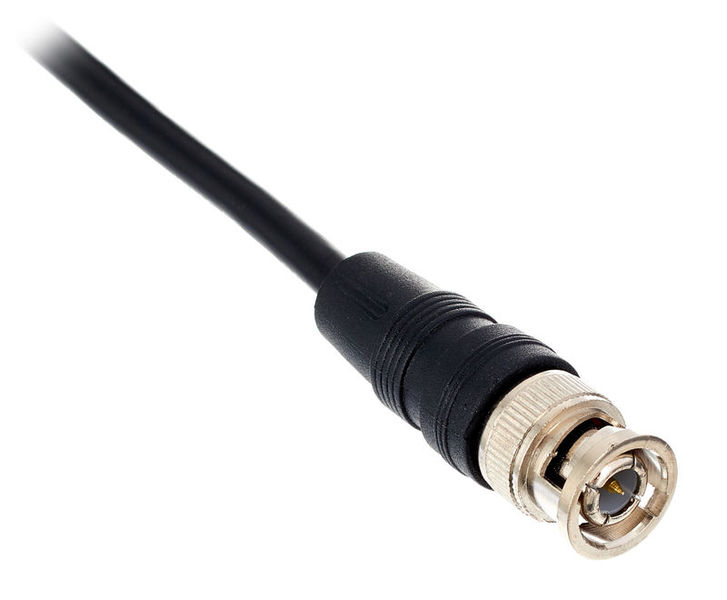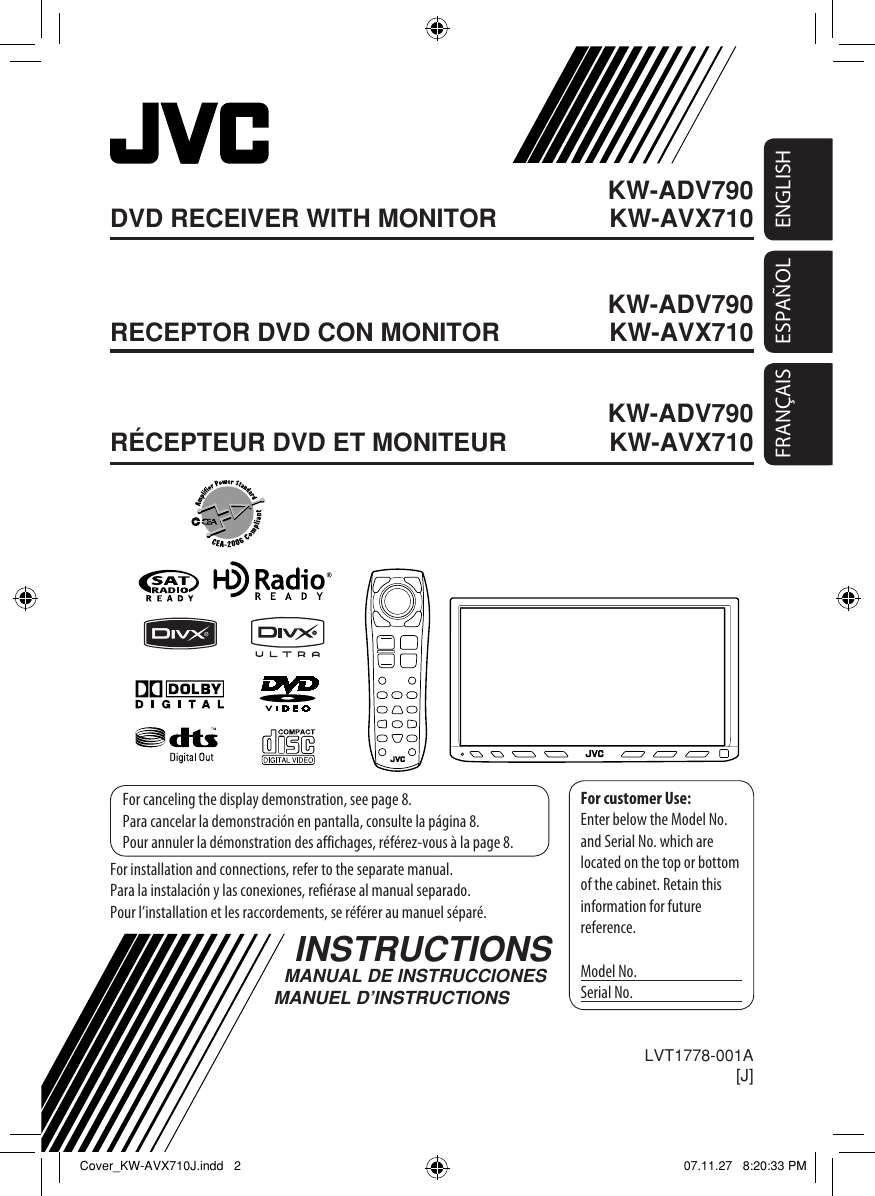

But in reality, while the delay of a few extra feet of cable is real, it is a nearly constant delay, which makes it pretty harmless. The basis for using equal length wordclock cables is that it keeps your data synchronized as it moves through your studio. Opinions vary on what level of jitter is audible. Jitter is generally measured in picoseconds, so typical jitter specs are well under one nanosecond. At 96KHz, audio samples are taken about every 10,000 nanoseconds. For the gear that's connected to the master clock, will longer digital audio cables, or varying cable length, also have a negative effect on jitter?Īt the speed of light, one foot of wire equates to about 1 nanosecond of travel time. In the case of the machines that are placed very close together, what can I do with the extra length of word cable? Can I coil it or figure-8 it, or do I just have to send it around somewhere and back? Oh well, some day I'll have something I can call a "studio." (You know what they say about Japanese apartments? Well, it's true!) (If it seems funny that the lack of space prevents me from having shorter cables, it's because I have to spread the gear out too much, in order to have room to walk). Damn, this place is so small! Everytime I buy something, I end up building or re-building shelves to get it in. I've been racking my head (now maybe that's one that I should put in for worst pun of the year!) trying to figure out a way to set things up to get shorter cable length, but even at best, it will have to be 2 metres. 3 meters is a little long but I don't think you will have any problems.

I've arranged my studio so that my clock cables are all 1 meter. But rule 3 is definitely secondary to rule 2. The reason for rule 3 is that you want the signal to be as clean and strong as possible. However, jitter itself is usually measured in pico seconds and as the whole point of adding a masterclock is to reduce jitter, it's definitely worth keeping the cable lengths the same. Obviously the amount of time the signal takes to travel the extra two and a half meters at the speed of light is tiny, probably only measurable in pico seconds. All cables should be a short as possible.Įxplanation: If you've got a word clock cable coming out of you Lucid that's 50cm long and then another that 3 meters long, the piece of equipment that's getting it's clock from the 50cm cable is going to get its clock signal fractionally earlier than the piece of equipment getting it's signal from the 3 meter cable. Use good quality 75ohm impedence cable.ģ.

#Extend mic cables or word clock cable pro
With the new Aggregate Device selected, select the Use checkbox for each device you want to include in the Aggregate Device. The order in which you check the boxes determines the order of the inputs and outputs in applications like Logic Pro and MainStage.A new Aggregate Device appears in the list on the left side of the window.Click the Add (+) button on the bottom-left corner in the Audio Devices window and chose Create Aggregate Device.From the Finder, choose Go > Utilities.When you create an Aggregate Device, make sure to connect all external audio interfaces first.


 0 kommentar(er)
0 kommentar(er)
